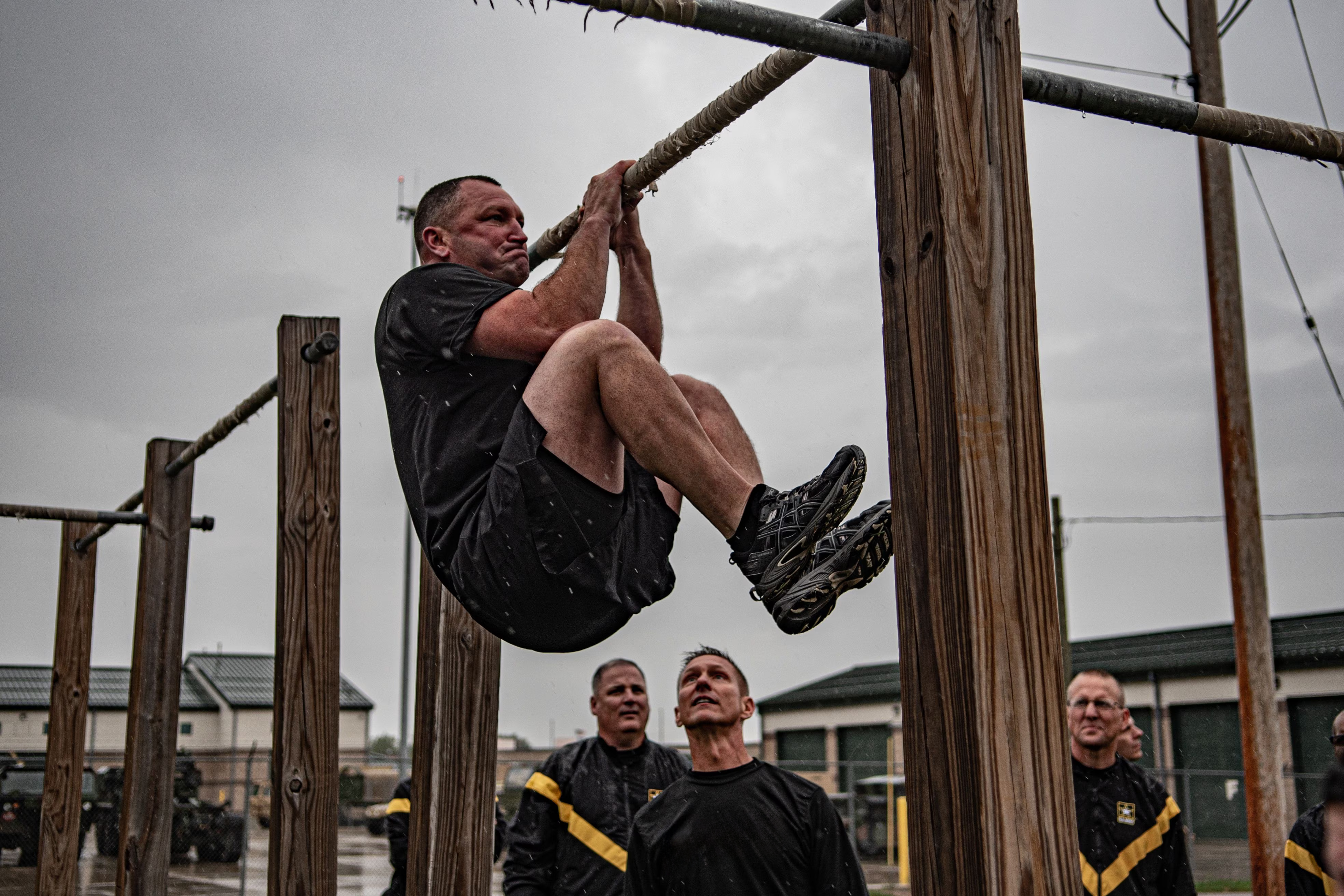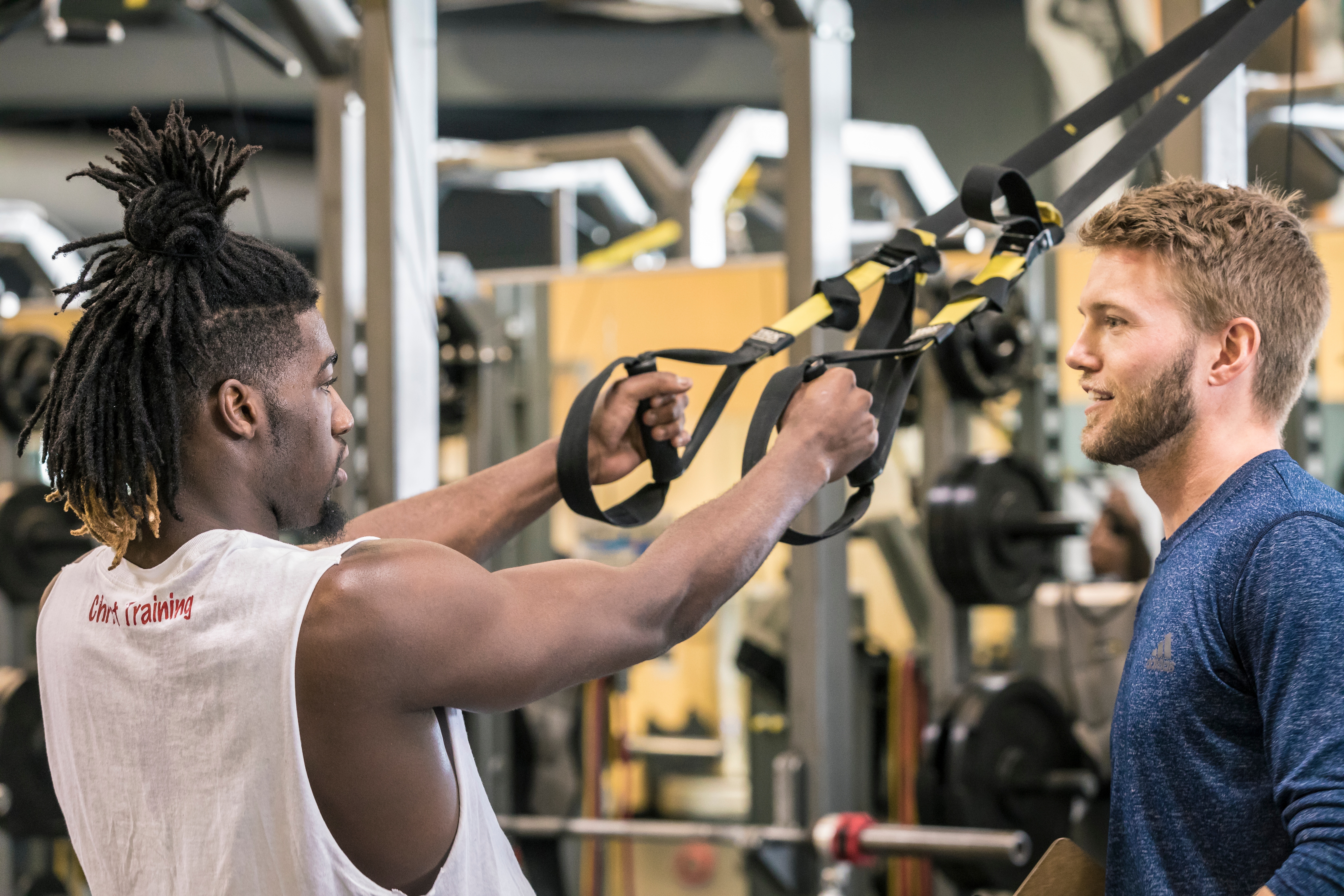Defining Human Performance | BridgeAthletic
In episode #5 of Powering Performance, we chat with two performance experts to learn about training methodology, rising trends and educating your clients. We break down some of the knowledge gained from EXOS’ Director of Continuous Improvement, Stefan Underwood and Jon Barlow who oversees the Pro and Elite Sports at EXOS Arizona. They share their insight on their philosophies around training and how to create athlete buy-in.
For those of you who would rather listen to this valuable information, check out our Podcast here: 
“Performance is not a word that belongs just in sports. We think everybody has their performance and what it means to them.”
A Holistic Perspective:
At EXOS they approach performance with the mindset that performance is for all people. It is about the goals each individual has set, why they are training, and how they train. Each person coming into their facility is different, thus the training has to be different. Whether an athlete is coming in to train for a championship or train to be pain free when running around with their children, they are athletes that need personalized attention.
“It's really about learning who they are as a person and seeing how we can help create solutions to upgrade their lives and their performance to be the best version of themselves.”
This requires the trainers at EXOS to look at the whole person: how they train, why they train and who they are. The EXOS approach can be broken down into four pillars of primary focus:
- Mindset
- Nutrition
- Movement
- Recovery
Even with an established methodology, Stefan and Jon take the first few sessions to learn from their new clients, from their new athletes. Their first four areas of focus are to:
1. Learn
2. Design
3. Deliver
4. Learn again
So, let’s break down these pillars to understand how Stefan and Jon are able to incorporate them into their daily training routines.
“We offer solutions to upgrade lives of the people that we're fortunate enough to serve.”
Establishing Buy In:
One of the first steps to help any client reach their full potential is to ensure that they understand why they are training and the importance of incorporating these pillars into their lives. Getting your client in the right mindset, but even more importantly, understanding your clients mindset, can be crucial as you continue to train together.
Jon and Stefan take the first 48 hours of training with a new client to learn about them: to understand their mindset, their daily routine and what aspect of their performance or movement library need improvement. Jon puts an emphasis on this part of the process, he says, "First impressions are huge to gain a clients trust and to show them they're not just an athlete who's going to be plugged into our system. Once they understand our idea we can help them upgrade their lives, not just use them as a pawn in our big system”
While having an established methodology and process is key to an organized workflow, this process needs be malleable in order to fit the needs of each individual involved in the process. So, while EXOS has four fundamental pillars, these are more of guided principles to navigate the system rather than a concrete structure. Because, again, performance is about the people.
Motivating through Educating:
Educating goes hand-in-hand with establishing player buy in. Teaching a client about the process they are involved in will take them out of the dark and allow them to ask more educated questions. And, more importantly, they'll begin to value and understand the answers you give them. One of the main ways this can be established is through session design. Keeping your programming consistent helps to educate a client on what to expect, how to better prepare, and what questions to ask.
Stefan and Jon believe in natural education to establish mastery education. This doesn't mean sitting down a lecturing to your client in attempt to educate. Because as many of us know, that can have little retention. So, what does this?
Stefan gives us the example of how Jon runs a session. Every session he starts and ends at the whiteboard. Creating a pattern that the client will learn. This is when different parts of the session can be explained, questions can be asked and answered then immediately put into practice as an example of what was discussed. Similar to session design, this creates an insidious education built in through the time you are working with your client.
While Stefan and Jon are helping to educate their clients, their own education never stops. They are continuously evaluating areas that can be improved for optimal performance.
"Education is almost as helpful to us as it is to the people we are educating, if not more important."
Athlete Engagement:
Engagement is often overlooked, but Jon believes it is a huge factor to measure success of an athlete, “If they aren’t enjoying what they are doing every day they aren’t going to get much done.”
Not every client is going to walk through the door in the right mindset to train. These are some of the clients that Jon enjoys training the most.
Getting your client excited and devoted to their program is critical to their success. If they aren't invested, showing up late and not putting their full effort in it will show in the metrics. Thus, athlete engagement is a key metric to look into. Creating this engagement brings us back to the four key areas we mentioned above.
1. Learn
Learn about your athletes. Their nutrition, their routine, what they aim to get out of their performance.
2. Design
Design a program they are excited to do. If you aren't excited about it, how will they be? And more importantly, design one that is right for their needs. Training is a personal experience so make sure they feel that personalization.
3. Deliver
Deliver and explain the program to your client. Natural education can build your client's toolbox and confidence.
4. Learn again.
You and your client will always continue to learn. Learn about the process and learn about themselves.
Remember to not feel locked into a methodology or structure. Performance is all about people. Tune in next week, to learn about how Stefan and Jon are integrating technology and navigating evolving trends.
About the Author

At Bridge, we are all athletes and coaches first. As athletes, our team has experienced everything from riding the pine on JV, to winning NCAA championships, to competing in the Olympic Games. As coaches, we have helped countless athletes reach their full potential, winning everything from age group section championships to Olympic Gold Medals.
Related Posts

Supplement Safety with Tactical...
Dietary supplements seem like the "magic pill" a tactical operator needs to perform better,...

Eating Healthy on the Go: Tips for Busy...
It's no secret that tactical professionals have weird schedules. So why do health professionals...

Post-Training Nutrition for Tactical...
Eating after a workout can be a challenge for tactical professionals. Having grab-and-go fuel...


